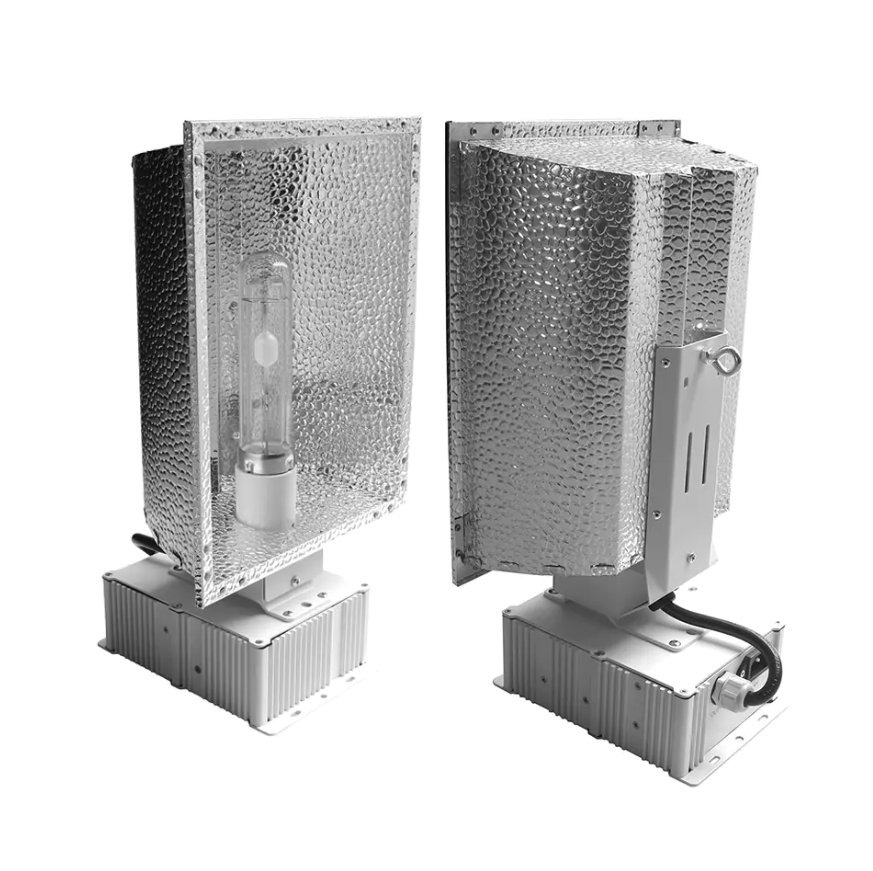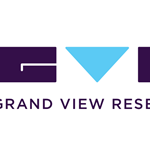The Growing Role of Smart Lighting
In recent years, smart control systems have become an integral part of lighting infrastructure. These systems enable automation, remote monitoring, and adaptive energy use, creating opportunities for efficiency and sustainability. The question of whether CMH Sodium Light can integrate effectively with intelligent platforms is particularly relevant as industries and municipalities seek to modernize their lighting networks without fully transitioning to LED technology.
Electrical Characteristics and Control Challenges
Unlike solid-state lighting such as LEDs, CMH Sodium Light operates as a high-intensity discharge source that requires ballasts for ignition and regulation. This dependence introduces complexity when integrating with smart systems. Traditional ballasts may not be fully compatible with digital controllers, limiting the ability to implement functions such as dimming, scheduling, or adaptive brightness. However, advancements in electronic ballast design are bridging this gap by providing interfaces that can respond to smart signals.
Dimming and Adaptive Operation
One of the core features of smart lighting is dimming, which allows adjustment of brightness to match real-time needs. For CMH Sodium Light, dimming is possible but requires specialized electronic ballasts. While dimming ranges are generally narrower than those of LEDs, they still provide meaningful energy savings and improved flexibility. When combined with motion sensors or daylight harvesting systems, these ballasts enable the lamps to operate more efficiently while maintaining lighting quality.
Monitoring and Diagnostics
Smart systems often emphasize real-time monitoring and predictive maintenance. With the right control interface, CMH Sodium Light fixtures can transmit data such as operating hours, power consumption, or fault status. This integration helps facility managers anticipate lamp replacements and reduce downtime. Although not as inherently data-rich as LED fixtures, the addition of compatible ballasts and communication modules enhances the intelligence of CMH-based systems.
Applications in Hybrid Systems
In many cases, CMH Sodium Light is deployed alongside LED and fluorescent technologies within large facilities or citywide networks. Smart control platforms are designed to manage multiple lighting types simultaneously. By equipping CMH fixtures with modern ballasts and wireless controllers, they can be incorporated into hybrid systems, offering consistent control and monitoring across diverse light sources. This approach extends the useful life of CMH installations while still leveraging smart technology.
Compatibility Through Proper Integration
In conclusion, CMH Sodium Light can achieve compatibility with smart control systems when paired with the right electronic ballasts and interfaces. While limitations exist compared to LEDs, features such as dimming, scheduling, and remote monitoring are attainable. With proper integration, CMH technology can continue to play a role in intelligent lighting networks, providing reliable illumination while supporting energy efficiency and management goals.
A domed shape and air-cooled features allow this grow lamp to optimize intensity while decreasing heat over 16 square feet of canopy.
You can adjust the light's intensity anywhere between 50% and 110%. Remove heat from a grow room by connecting to exhaust fans.






